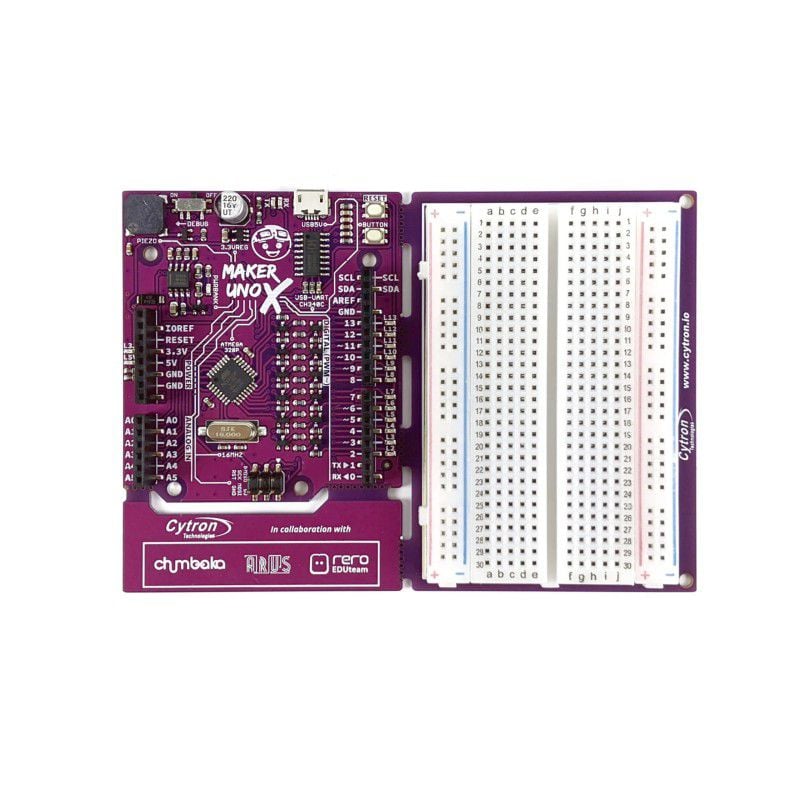
This applies to all-digital, all-analog, and mixed-signal systems.
Analog circuit maker how to#
If you understand how to properly layout a board and follow return paths, you don’t need to use split ground planes, and you won’t have to cut out sections from a ground plane. The above two grounding methods are unnecessary and are even bad practice in modern PCBs, regardless of the frequencies they use. In the right image, the board has a single ground plane that has some copper removed to define an analog section and a distinct digital section.īefore the more experienced designers in the PCB design community become concerned about EMI problems, let’s clarify something: In the left image, we have two physically disconnected ground planes, one dedicated to analog components and the other dedicated to digital components. Two ways to “split” analog and digital ground planes These two grounding methods are shown below. Two totally separate, completely disconnected ground regions, one for analog components and another for digital components. The phrases “split ground planes” or “separate analog and digital ground planes” could mean two totally different things within mixed-signal PCB design:Ī ground plane that is totally uniform, but has one “section” where we try to place only digital components and another section where we try to place only analog components. What Are Separate Analog and Digital Ground Planes? To better see why separate analog and digital ground planes are so contentious, let’s clear the air and define exactly what the term “split ground planes” actually means and what best routing practices look like on these boards. If routing isn’t done correctly in any system with a ground plane (even split ground planes), you’ll create a new EMI problem that is worse than the problem the split ground planes were supposed to solve.

Then, there is how you route in those different systems-another area that is extremely poorly communicated, yet a clear understanding of what routing looks like in these systems is vital. When many designers use the term “split ground plane,” they may be talking about different ways of defining grounds in a system. However, it is often extremely poorly communicated. Only the last of these design guidelines has any level of legitimacy, and it is something of a necessity in modern PCBs. Never separate analog and digital ground planes. Most “rules of thumb” involving distances and clearances between copper. There are three PCB design guidelines that everyone loves to hate: The exposed copper on this board can be tied back to a ground system, but should the various grounds be separated? There is a limited case where creating physically separated ground planes is acceptable, but this amounts to a trivial design practice that does not create any advantages for system function. Separating the ground planes is less important than routing over the gap between two ground plane regions.

Separating analog and digital ground planes is a contentious design practice that can create power integrity and signal integrity problems.


 0 kommentar(er)
0 kommentar(er)
